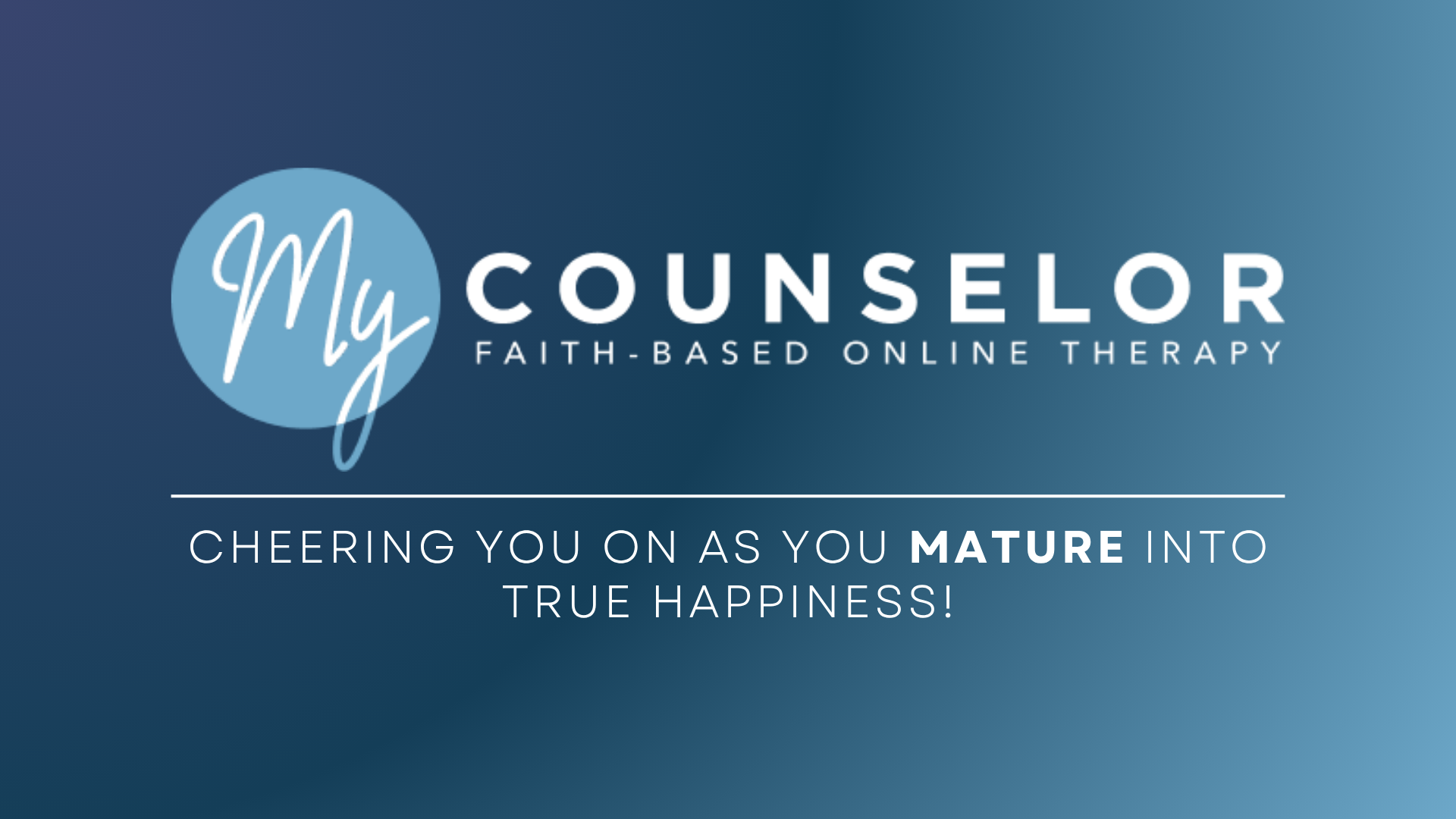Navigating Change: 3 Tools to Help Keep Your Cool
This article is based on scientific evidence and clinical experience, written by a licensed professional and fact-checked by experts.
Posted: March 16, 2022
Estimated reading time: 7 minutes
In This article

What do we do when we find ourselves in a place of uninvited change, of unmet expectations? Maybe some of these sound familiar to your experience?
Your thoughts begin to race from one possibility after another, you feel disoriented and unsure of what’s going on, in short, overwhelmed! Most of us have been here at least a few times in our lives, I would venture to say even weekly or daily in light of recent events. You are in good company, change is challenging, and this season on our planet is no exception for anyone. So how do we help ourselves begin to adjust to the unexpected when it is simply that, unpredictable? There is certainly no perfect formula.
However, I would like to share with you some tools to help navigate this moment by moment process. The goal is slowing our thoughts down so we can discern needs, limitations, and make decisions. Let’s go “analog” and grab your favorite pen and a piece of paper and finish these 3 sentences together.
“This is not what I expected, I feel…”
Our feelings are not lying to us when we experience change, expected or unexpected. Even in planned change we experience emotions connected to the sense of security that our previous experience or routines provided for us.
Our comfort level is in predictability and a sense that we understand what “comes next”; when that sense of what’s next is hovering off of the ground it’s a normal response for our bodies to move into preparation for the unknown, like a sense of hypervigilance or 25 cups of coffee level of “alert”. That alertness is telling us that our fight/flight/freeze system in our brains is working well, nothing is broken, it’s just awake and aware of potential need for action.
So, what in the world does finishing a sentence have to do with your fight/flight/freeze responses? I’m glad you asked! A sentence cannot “fix” the problem or solve the situation, however, it can provide a moment for our brain and emotions to slow down and connect to the present instead of staying stuck in that out-of-control feeling. If we are in a rapid thought cycle of fear or anger of “what if, why, etc.” it can feel like rushing down a class 5 rapid with no guide and no paddle!
Our brains need support to navigate the moment to help us return to a state of safety and calm. By finishing the sentence, “I feel…(honest emotion)” and naming the emotion in that moment it’s like handing our brains a paddle on that rapid. We still have to navigate and decide to move toward safety, but naming the emotion gives us a grip on our internal world.
Core emotions point to our need for comfort, connection, and safety. We have to recognize the emotions present so that we can decide what to do with what they are telling us. We need to then take the next step in a direction of support and safety.
“What if…”
You may be thinking, “Why would I open that door?” Following the train of thoughts in moments of change seems like a pass to a carnival house of mirrors, all mixed colors, distorted images and weird music, not a place we would like to live. Maybe you have experienced this thought pattern before, following thoughts that seem to run far away from where you want to be – safe.
However, “what if” is a powerful tool we can use when these thoughts start to happen IF we see it through to the end. Writing down those thoughts is a simple tool to allow us to see what the thought is. The process of writing allows us to engage both the emotion engine (limbic system) and the language processor (frontal lobe) and access understanding of the reality of the emotion itself.
Researchers at the University of California Los Angeles explain it this way, “In the same way you hit the brake when you’re driving when you see a yellow light, when you put feelings into words, you seem to be hitting the brakes on your emotional responses (UCLA, 2007).”
Those statements might look like this:
- “If events X, Y and Z happened, I might be… rejected, lose my job, be stuck here longer, etc. That would hurt like crazy.”
- “I would feel alone, betrayed and off balance.”
- “I would need some rest, food, a hug, quiet, etc. to feel that I had some of my balance back”. (Stick with me for a bonus tool at the end for balance and safety.)
“What I cannot do…”
When we take time to capture those runaway thoughts and notice what they are really saying, something that becomes clear is what limitations we have in the situation.
Defined limitations can be the flashlights that help us find the next steps forward during change. Taking time to notice and write down those limitations that are present for you during change can open up awareness to other options and creativity, a form of intentional processing and clarifying what resources we do have available.
One thought on limitations. I am not talking about our personal growth list, our emotional wounds of years prior, or our relationships or everything else under our kitchen sink that smells bad. I am talking about the limitations in the area of change we are facing here and now.
If you are like me, when I first began that process, I thought the list would be endless, however, once they were weeded down to the area of change happening and written down in front of me I was surprised at how short the list was.
It can look like this, “Cannot work night shifts, do not have money or close family for a babysitter.
After working all day, I do not have energy for other activities besides my family during the week, I have to wait until the weekend. After experiencing loss, I do not have as much energy at night to engage with others.”
When we are honest with what limits we do have, we are honest about what things are our own responsibility.
“We cannot make others choose to respond or change, only ourselves. We cannot control the weather, the stock market, or anything else. But we can give our own body and mind a chance to slow down, process, and choose how to respond to our own emotional signals and needs during change.”
Bonus Tool: “Who is in my corner…”
When we pay attention to how change sends up alerts about how we feel, we all notice a need for safety and balance. We are wired for relationship from birth, we find security in relationship with family, friends, or even trusted co-workers. Connection to safe people steadies us throughout life. Taking responsibility for our thought life and recognizing core emotional signals is important in staying grounded during stressful or threatening circumstances.
People “are bonding mammals”, and need others to connect to in order to receive emotional comfort and security during distress, i.e. change (Johnson, S 2008). Safe people offer acceptance for us as we are, they listen well, and they respect and respond to us with kindness. For more insight on identifying emotionally safe people in your life, see the great resources here by Henry Cloud and John Townsend: “Safe People” (1995).
Check your list of thoughts and limitations and grab a couple of names of people that you can reach out to for a quick chat just to process some of what you are going through. They do not have to hold all of the answers, but the connection to others who respect and support you helps your heart, mind, and emotions to process your circumstances in a healthy way.
Human connection and support create a sense of safety and calm even in the middle of changing circumstances, and can help us unlock access to creativity and resourcefulness to meet change head on.
Be kind to yourself, and stay curious. You are growing stronger every day!
Back to topThis article is based on scientific evidence and clinical experience, written by a licensed professional and fact-checked by experts.
About the Author

Mary Faxon
Mary Faxon, MA, MA, LPC-MHSP has a Master of Arts in Clinical Mental Health Counseling and a Masters in Organizational Leadership. She is a licensed professional counselor with mental health service provider designation (LPC-MHSP), holding her license in TN.
Learn More About MaryIn This article
References
- Cloud-Tounsend (1995, July 28). What Are Safe People? “Resources”. Retrieved March 12, 2021
- University of California – Los Angeles. (2007, June 22). Putting Feelings Into Words Produces Therapeutic Effects In The Brain. ScienceDaily. Retrieved March 12, 2021
- Johnson, S. (2008). “Hold Me Tight. Seven Conversations For A Lifetime of Love”. Portland, Maine: Little Brown Spark Publishing.
Share this article
View more articles

Navigating Conflict and Reconciliation with Adult Children: Practical Tips for Parents
By: Danielle Schaefer







